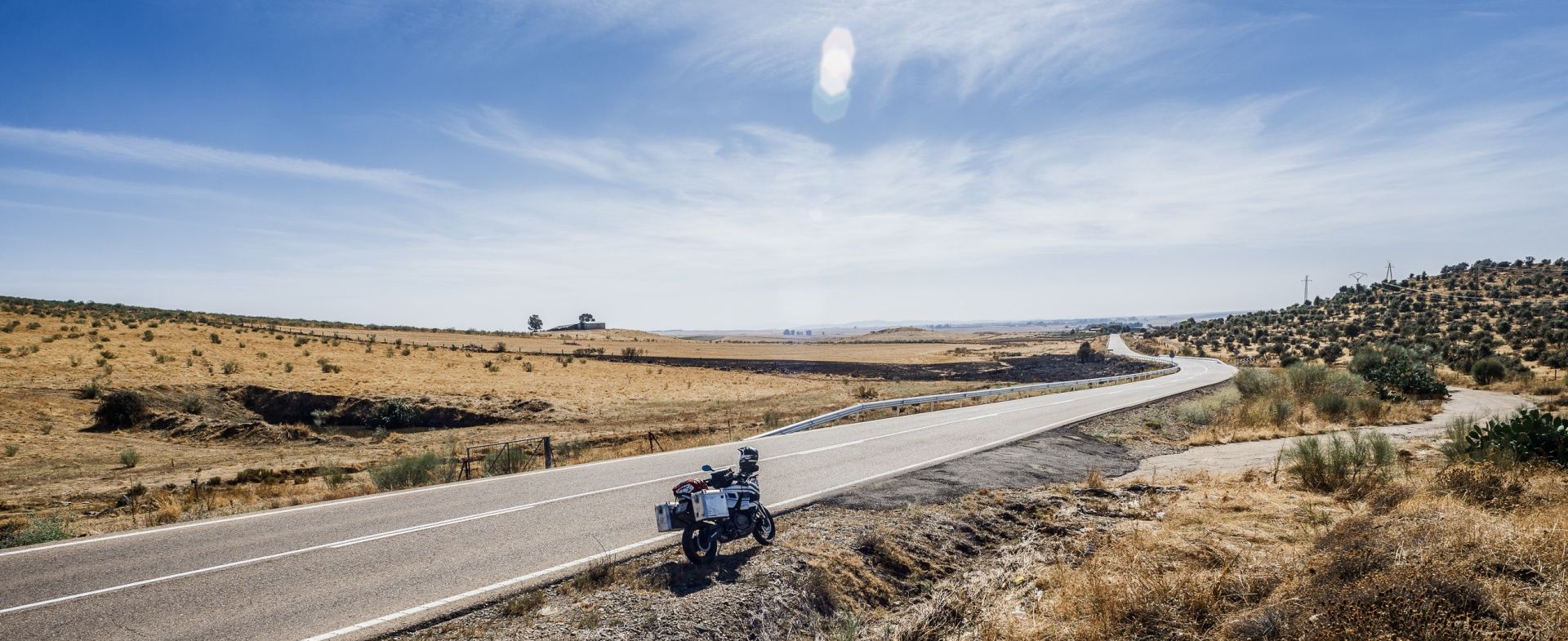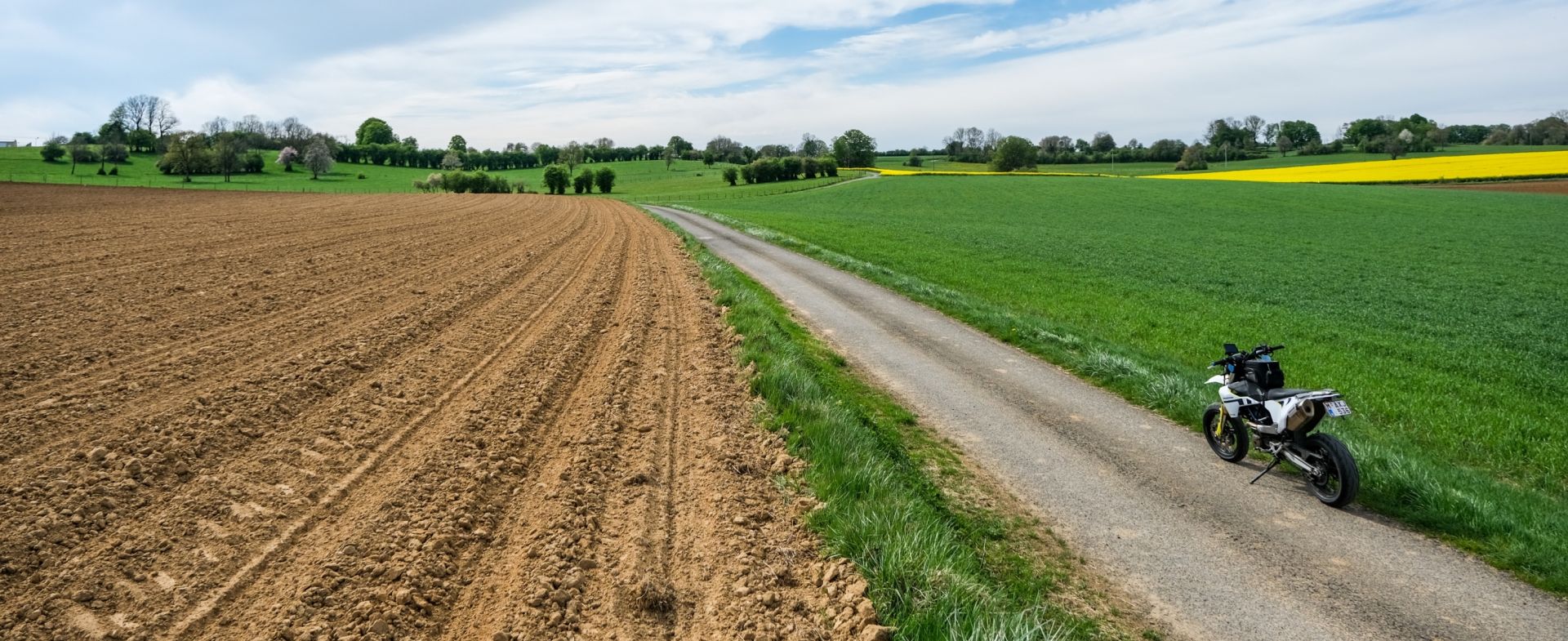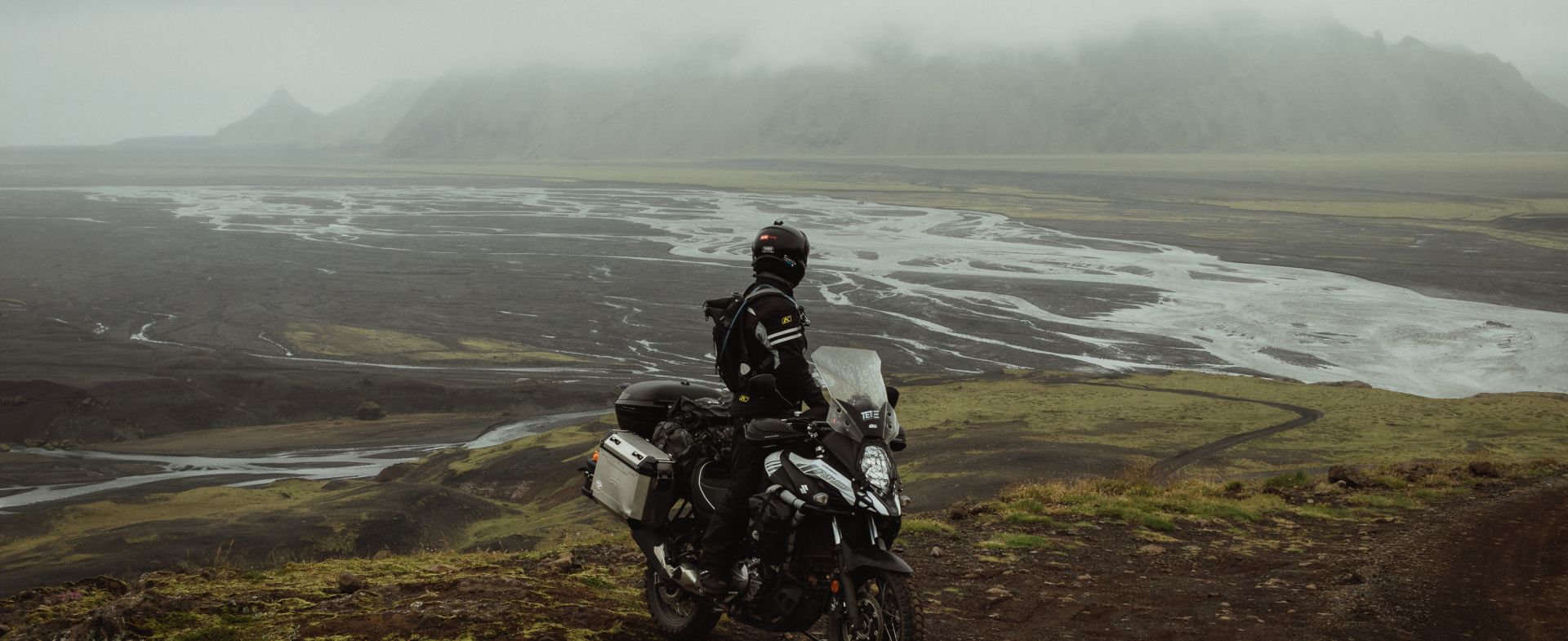First on is Tenerife, one of the Spanish Canary Islands, a few miles off the coast of Morocco. January temperatures average around 17 degrees Celsius, so that shouldn’t be of any concern to your sun soaked wishes.
You might want to consider renting a bike though, as rental fares will outsmart the amount of euros you would need to pay to get your own bike shipped over from the mainland.
As Tenerife is a volcanic island sculpted by successive eruptions throughout its history, it would be silly not to start with a ride up El Teide - the third biggest active volcano in the world.


















